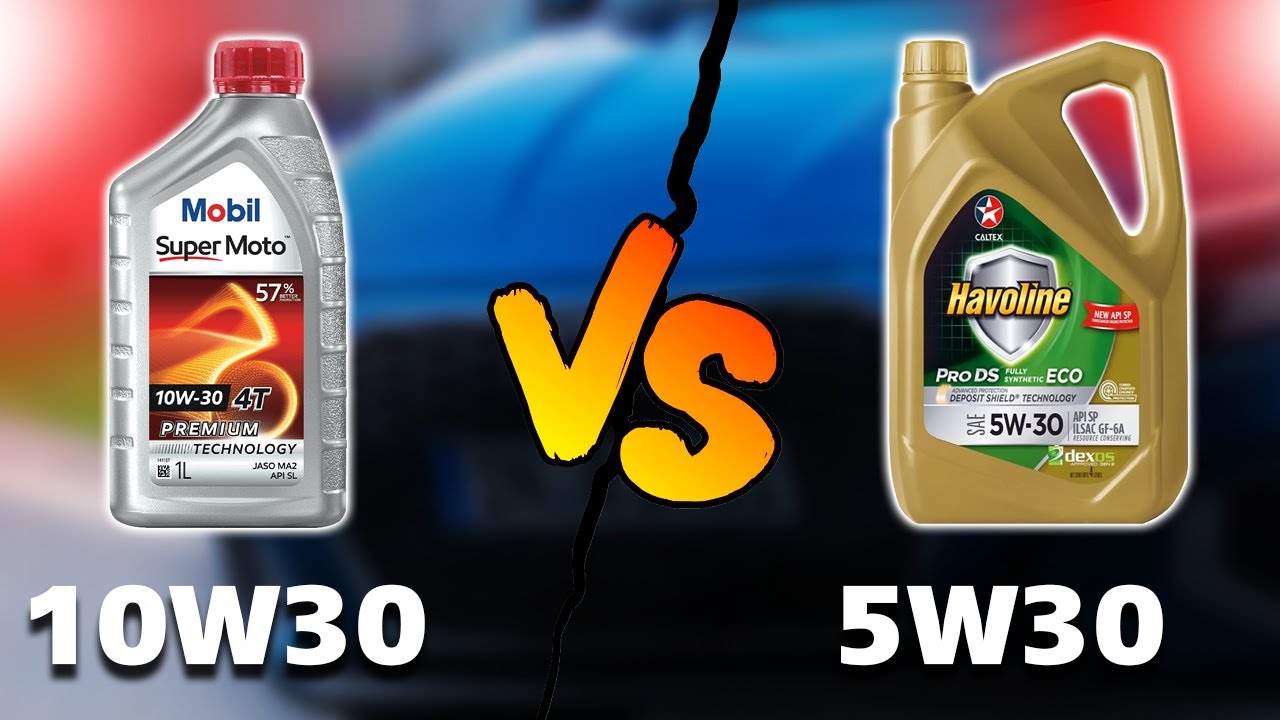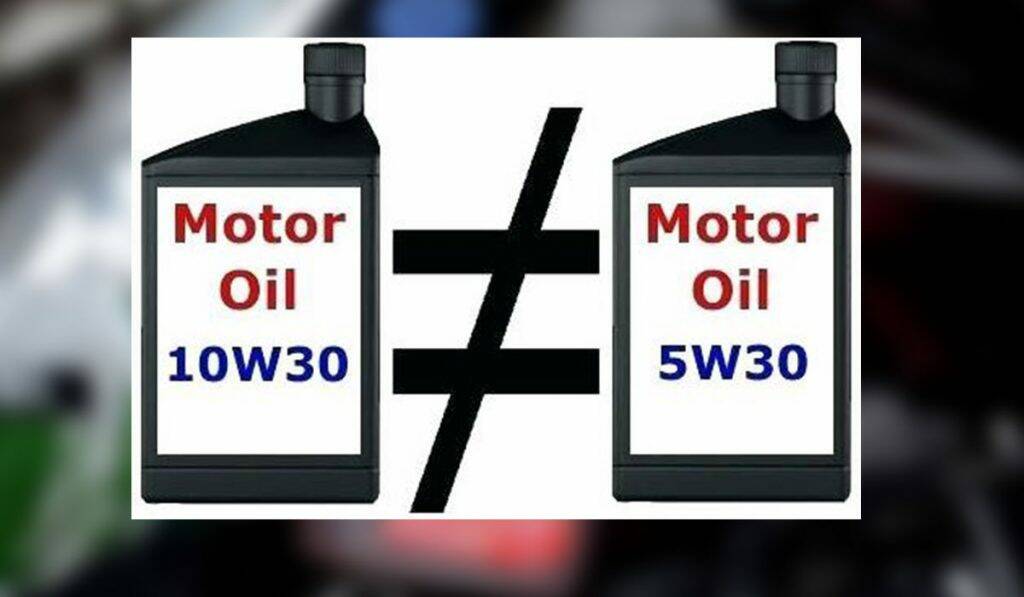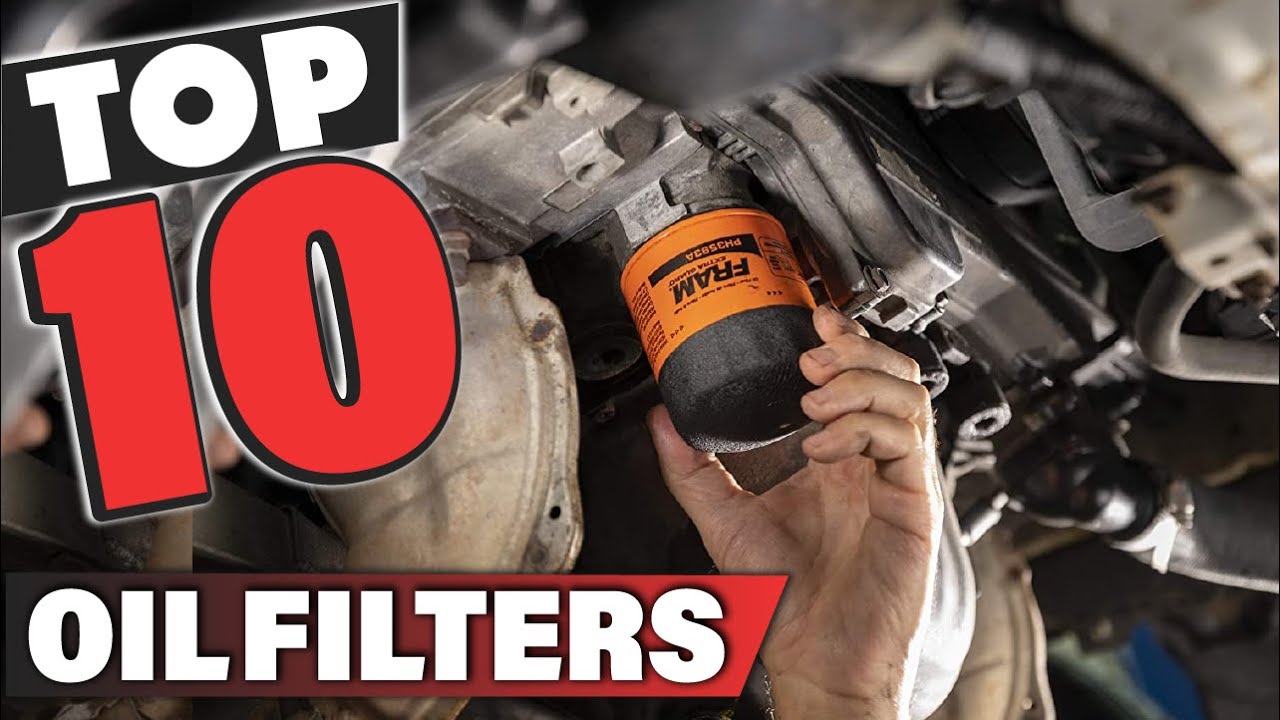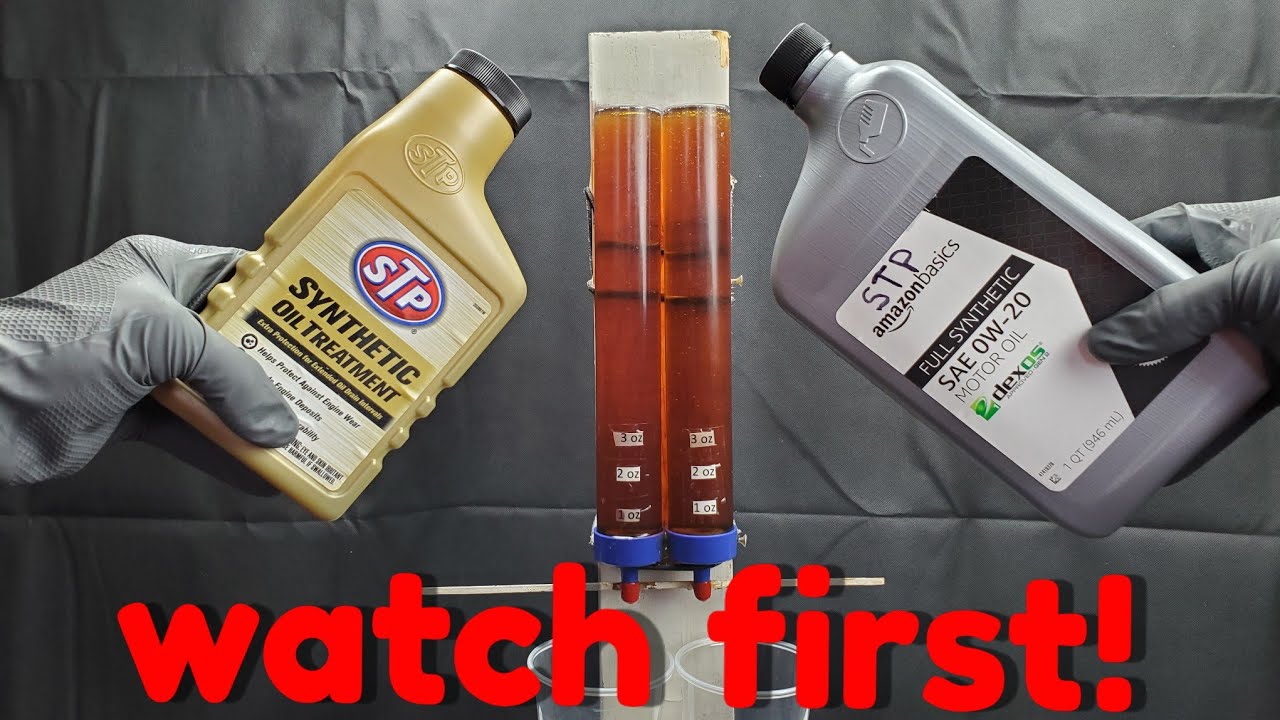Have you ever wondered if using 10w30 motor oil instead of 5w30 can improve engine performance? Or is it safe to make the switch between different viscosity ratings? It’s a common question many car owners have, so let’s dive into the details and find out what all this motor oil lingo means.
It is generally not recommended to use a higher viscosity oil than what the manufacturer specifies for a particular vehicle. Using 10W-30 oil instead of 5W-30 oil in cold weather may cause the engine to work harder, potentially leading to increased wear and reduced fuel efficiency.
We will explore why it may not be a good idea to substitute 10w30 for 5w30 and how to choose the right oil for your needs. So buckle up, and let’s get started on understanding what type of oil your car really needs!
Is It Suitable to Use 10w30 Instead of 5w30?
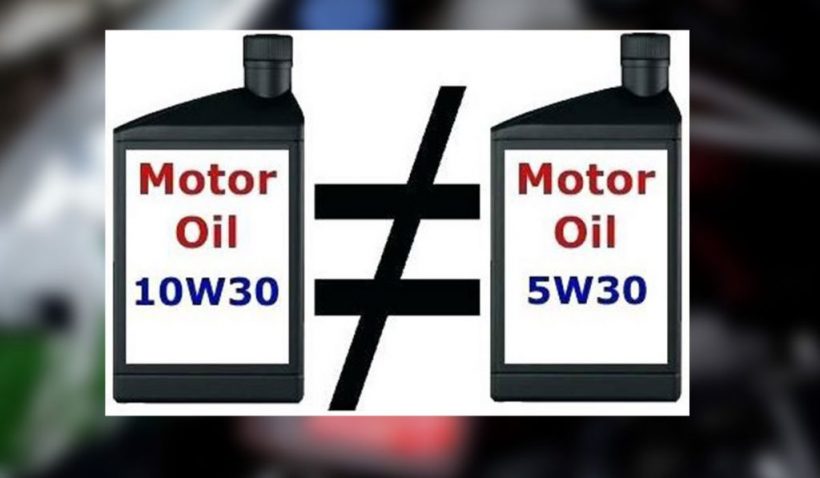
Addressing this question is far more complex than a simple yes or no. Typically, a 10W-30 oil is not recommended due to its thickness at cold temperatures. A 5W-30 oil has been explicitly designed to flow smoothly even in frigid conditions and will provide improved protection and performance than the thicker 10W-30 variety of motor oil.
Although you may shift from 10W–30 to a thinner oil, such as 5W–30 in car engines, switching back is not always the wisest decision. 10w-30 should only be used if your lowest expected outdoor temperature remains above -18°C and you follow the manufacturer’s recommendations. Be sure to keep this in mind when making your choice for engine oil!
Nevertheless, some engines may be able to handle both types. For optimal results, it’s always best practice to check the owner’s manual for your vehicle and determine the necessary viscosity grade of engine lubricant required by your car or truck.
For a more detailed answer to the pressing question of “Can I use 10w30 instead of 5w30?” it is critical to understand the distinct features that make up each type of oil. Both 5w30 and 10w30 motor oils have their own characteristics that should be considered when selecting an oil for your car. Doing so can ensure that you are making a wise decision regarding the best choice for your vehicle’s needs.
What Is Meant by Labels 5w30 or 10w30 on Oil Cans?
Learn About 5W30 and 10W30 oils!Have you been scratching your head over what 5w30 and 10w30 motor oil labels signify? The letter “W” and numbers like 5, 10, or 30 indicate the oil’s viscosity when subjected to different temperatures. Now that’s something for any car enthusiast to keep in mind!
“W” | The letter “W” refers to oil specifically created to maintain optimal performance during cold winter. |
| Prefix Numbers (5,10) | The first number refers to the viscosity of the oil at low temperatures. |
| Suffix Numbers (30) | The second number refers to the viscosity of the oil at high temperatures. |
Now, it’s far simpler to make sense of what precisely 5w30 and 10w30 motor oils are.
What is 5W30 Motor Oil?
5w30 motor oil is a type of motor oil with an SAE viscosity rating of 5 at low and 30 at higher temperatures (100°C). It’s designed to flow more easily than thicker oils such as 10w40 or 20w50, resulting in better fuel economy in cars that require thinner oils for protection at lower temperatures.
What is 10W-30 Motor Oil?
10w30 motor oil is a heavier lubricant than 5w30, with an SAE viscosity rating of 10 at colder temperatures and 30 when the engine heats up to 100°C.
Major Specifications of the 5w30 Or 10w30 Engine Oils
Both oils possess incredible specifications that are listed below, offering boundless potential.
| 5W30 | 10W30 |
| Low-temperature viscosity: 5 | Low-temperature viscosity: 10 |
| High-temperature viscosity: 30 | High-temperature viscosity: 30 |
| More “fluid” at lower temperatures | A little bit thicker at low temperatures |
| Temperature range: -30C to 35C | Temperature range: -18C to 30C |
| It meets the standards of API SN and ACEA | It also meets ACEA, API SN requirements |
| Has higher NOACK volatility. | Has lower NOACK volatility |
What Is the Difference Between 5w30 and 10w30 Oils?
When selecting engine oil, one may wonder what the difference is between 10w30 and 5w30. Both are multi-grade motor oils that can function in both hot and cold temperatures; however, there are several key distinctions to consider when comparing these two types of engine oils. Let’s take a look at some of their differences!
Viscosity
Viscosity measures the speed at which oil travels through pipes and into an engine. Consider thick, gooey, slow-moving honey leaking out of a tap, compared to running water – obviously, it’s evident that water will move much faster in its travel around pipes.
The viscosity of both these oils can be compared in two ways.
Viscosity at Low Temperatures
If you’re searching for the most reliable and efficient oil in temperature ranges below 0°C (32°F), consider what comes before the “W” on its SAE rating.
The smaller number before “W” in 5W30 indicates it will function better when temperatures are low by maintaining a thinner viscosity than its counterpart 10w30 having higher numbers before “W.”
Keep in mind that the 5W-30 and 10W-30 engine oils have both been rated by SAE for winter performance. Their lower oil numbers make them optimal choices for cold weather conditions compared to other oils with high SAE ratings.
Viscosity at High temperatures
The number after the ‘W’ indicates how viscous the oil would be at a hot temperature level, usually around 100C (212F). A higher figure will result in a thicker lubricant. Both 5W-30 and 10W-30 feature an SAE 30 oil viscosity – meaning they have the same viscosity at a higher temperature.
Optimal Temperature Range
5W-30 and 10W-30 motor oils both provide exceptional performance across a wide range of temperatures. But:
- The 5W-30 oil type is designed to perform optimally in a temperature range of -30C to 35C.
- The 10W-30 oil type is specifically designed to work within a comparatively limited temperature range of -18C to 30C.
NOAK Volatility
The NOACK Volatility Test (ASTM D5800) evaluates the evaporation ability of engine oil in high-temperature conditions. If a lubricant evaporates too much, it will become thicker and heavier than before, which impacts fuel efficiency, oil consumption as well as harmful emissions from your vehicle.
The type of oil a brand produces and the manner in which it is manufactured can affect its NOACK volatility. However, 10w-30 oils tend to have significantly lower volatility than 5w-30 oils. For example:
- Valvoline Maxlife Synthetic
- 10w30 – NOACK volatility rating that clocks in at 7%
- 5w30 – 5w-30 counterpart registers 9.5%
- Pennzoil Ultra Platinum
- 10w30 – has a rating of around 5.7%
- 5w30 – has a rating of around 11.5%
Oil Performance
The SAE grading of both 5w30 and 10w30 engine oils at operating temperatures is similar, meaning they will perform similarly in high or operating temperatures. The digit 30 indicates the similar viscosity of these motor oils at this temperature.
However, in cold weather conditions, 5w30 grade oil will thicken less than 10w30 grade oil. This indicates that 5w30 grade oil is more effective for low temperatures as it can become thin enough to provide adequate engine lubrication. On the other hand, 10W30 oil operates effectively in high temperatures due to its smaller temperature window.
Lubrication
When it comes to lubrication, 5w30 beats 10w30 hands down, making it the ideal choice for private vehicles and light-duty diesel/petrol engines. On the other hand, commercial cars with heavier load engines are better off going with 10w30 motor oil.
What Are the Pros and Cons of Using 5w30 Oil?
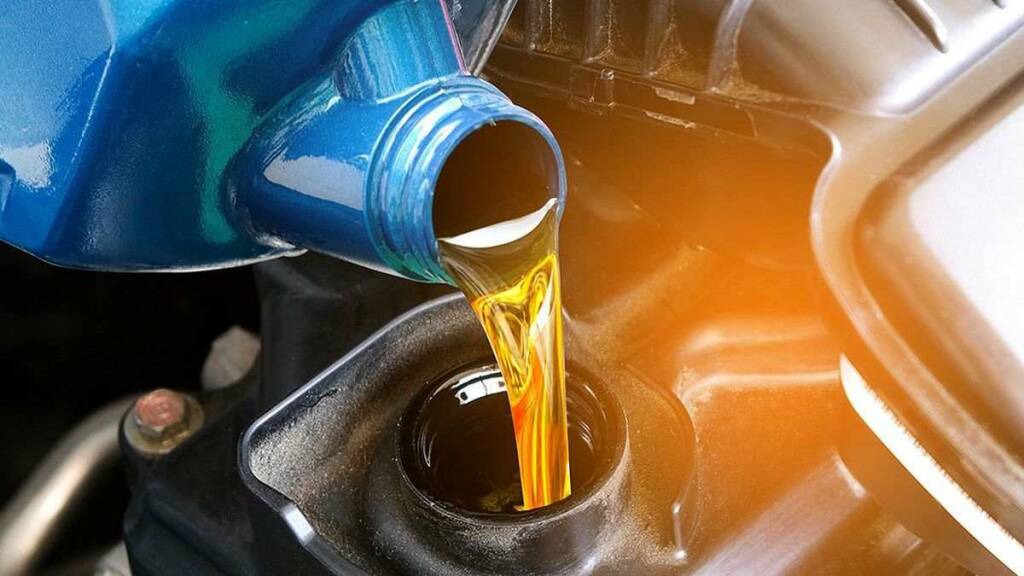
Despite the numerous advantages, 5w30 oil also has its disadvantages. Let’s delve into both sides of this discussion and explore the benefits and drawbacks of using 5w30 oil.
Pros
- The 5w30 motor oil is specially formulated to substantially reduce the amount of engine oil needed for lubrication. This revolutionary design provides a long-lasting and reliable performance with less consumption than ever before.
- 5W30 oil offers superior lubrication at low temperatures due to its impressive viscosity; this makes it extremely simple for your engine to start up even in frigid weather.
- Not only is 5W30 oil more fuel-efficient, but this lubricant also thins out faster and flows quicker.
- It can maintain optimal performance in a wide range of temperatures.
- It also helps to prevent sludge buildup and other deposits, keeping your engine clean inside and out!
Cons
- A possible downside of using 5W–30 is its NOACK (evaporation tendencies at high temperatures), which could prove to be an issue for certain applications.
- 5W30 engine oil has a higher flow rate, it’s more likely to leak in old engines not designed for low-viscosity oils.
What Are the Pros and Cons of Using 10w30 Oil?
10w30 oil is undoubtedly advantageous, yet there are a few downsides to be aware of. To ensure you make an informed decision on whether or not 10w30 oil is right for your vehicle, we must analyze the positive and negative aspects associated with this particular type of motor oil.
Pros
- Employing 10w30 oil in your engine will help to maximize its performance, as it reduces friction and wear.
- Utilizing 10w30 oil can augment your vehicle’s fuel economy by as much as 2%, making every mile count.
- 10W30 is superior at withstanding high temperatures, and its supreme protection from friction makes it an ideal choice for preventing engine components from damage.
- The NOACK volatility is remarkably low with this product.
- 10w30 oil helps guard your engine against sludge and gels while running at high temperatures.
Cons
- 10W30 oil is more viscous than 5W30 oil at lower temperatures and thus makes starting your engine a bit more difficult.
- The thicker viscosity of 10w30 oil may be responsible for increased engine noise when used in comparison to 5W30.
Ideal Conditions For Using 5W30 and 10W30
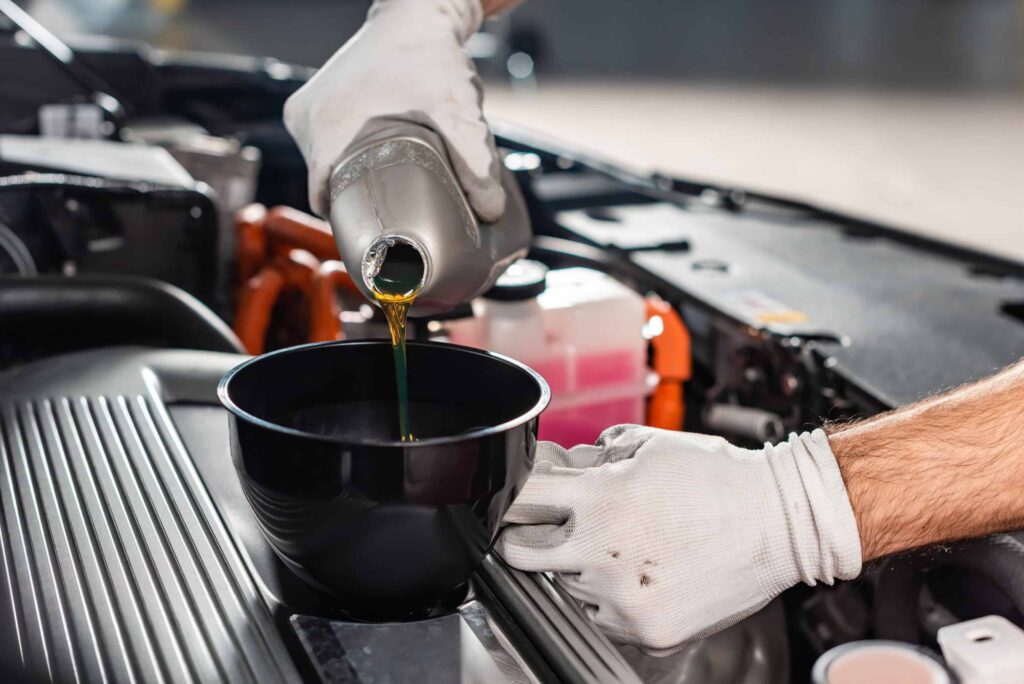
If you are considering which engine oil to use, it’s important to understand the circumstances under which they should be employed. Both of these oils have their own unique qualities that make them perfect for specific conditions and requirements. Consider the following points in order to decide what is best suited for your needs.
| 5W30 | 10W30 |
| Perfect for areas having cold weather. | Perfect for hot climates. |
| Best for new models and new cars. | Best for old cars. |
| Perfect for both gasoline and light-duty diesel engines. | Ideal fit for engines running on advanced fuels such as biofuel and biodiesel. |
| Best for private vehicles | Engineered for commercial fleets and heavy-duty vehicles. |
Which is better? 5W30 Or 10W30
It is an undisputed truth that 80% of engine wear occurs during the startup phase; therefore, modern car engines require oil to be thinner when initiating the engine. Thicker oil like 10W30 presents a dilemma while it’s still cold and fails to lubricate all components in time. For this reason, a thinned-out texture like 5W30 should always be used at start-up for maximum protection against wear and tear!
On the other hand, using thicker oil comes with a significant downside: its high resistance to flow. Therefore, when you turn your car’s key on and start it up, not all of its moving parts will be coated in oil. 5W-30 is an excellent synthetic alternative as it has similar viscosity at 100°C but a slightly thinner consistency when cool. The only issue associated with this type of lubricant is NOACK–a measure of evaporation rates at higher temperatures.
Can You Mix 10w30 and 5w30?
It is technically feasible to combine 5W-30 and 10W-30 engine oil, but this may not be the ideal option. The viscosities of these two oils are slightly different, which can affect their flow rate, but there shouldn’t be any major harm to your motor if done cautiously. To ensure that both oils blend together effectively for maximum performance, consider adding specialized oil additives to the mixture.
Conclusion
The properties of 10w30 and 5w30 vary in terms of viscosity values, Noack Volatility levels, and Total Base Numbers. Therefore, these two oils should be used for different engine types as well as in various driving environments due to their unique composition. To ensure your vehicle’s optimal protection and maximum fuel economy outcomes – always use the lubricant recommended by its manufacturer!
